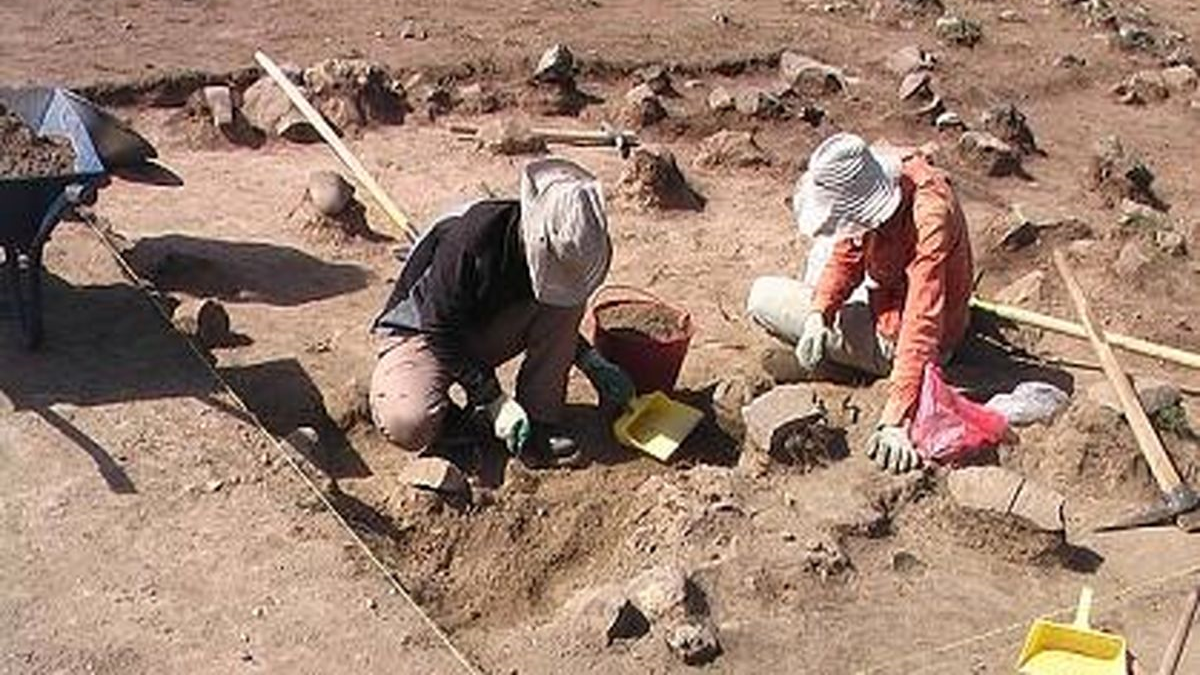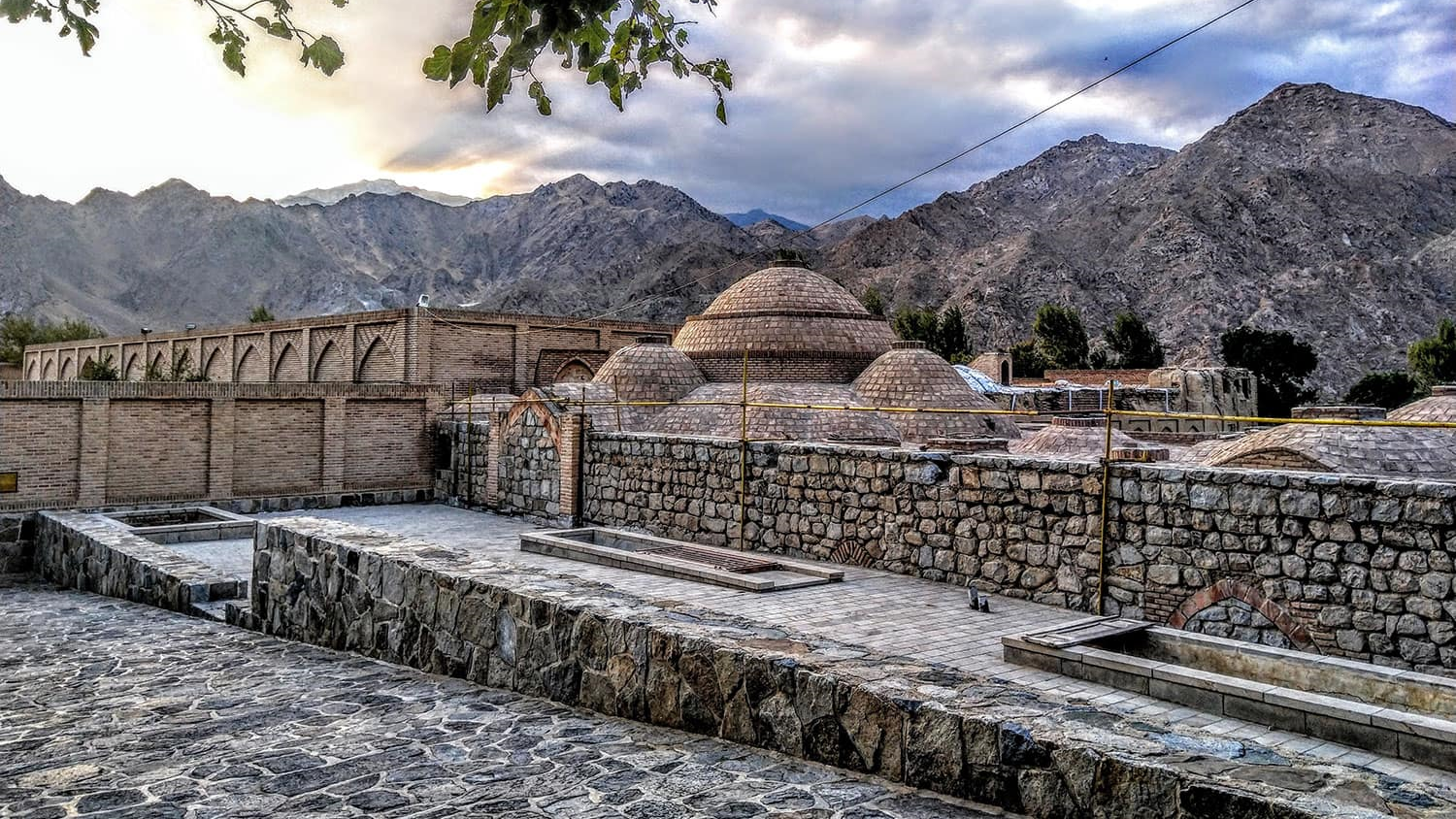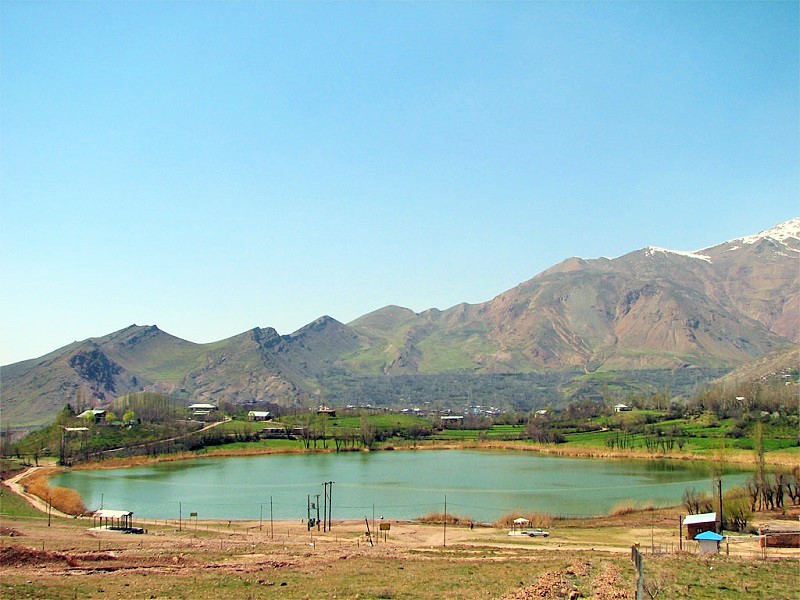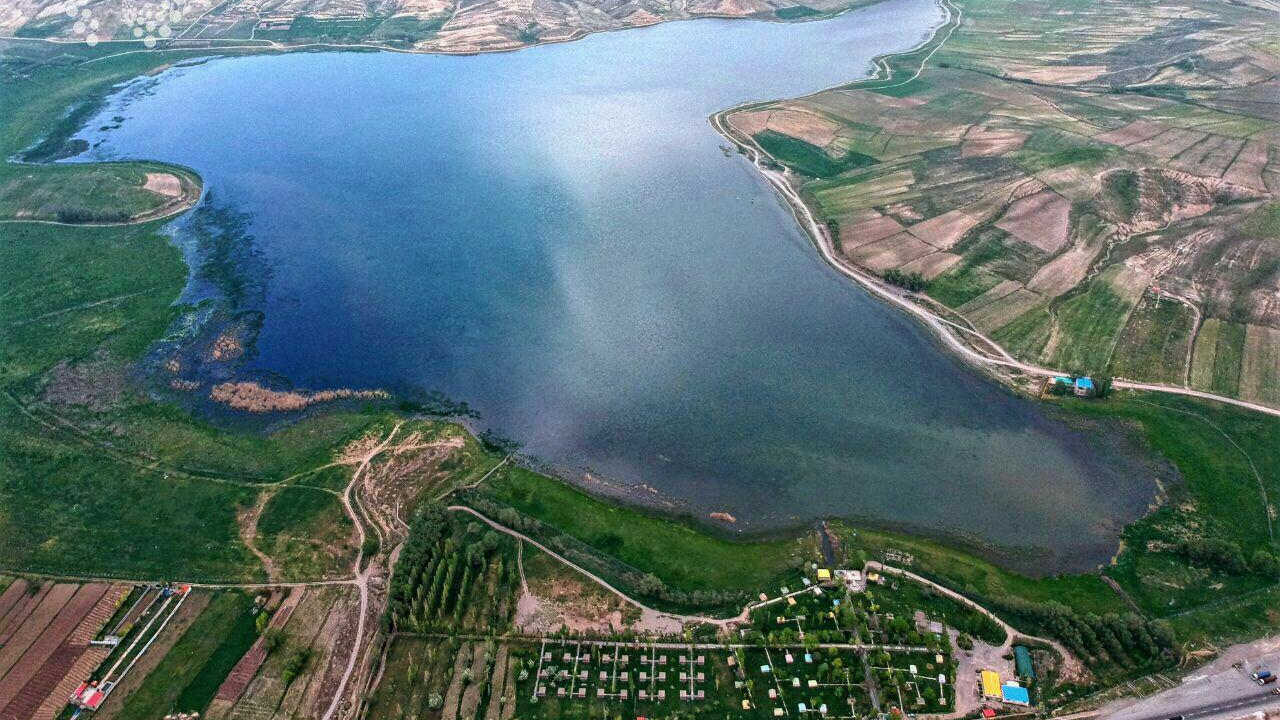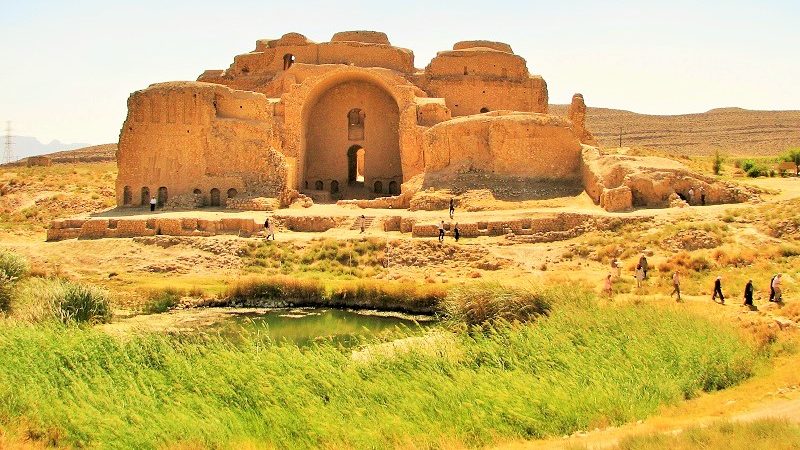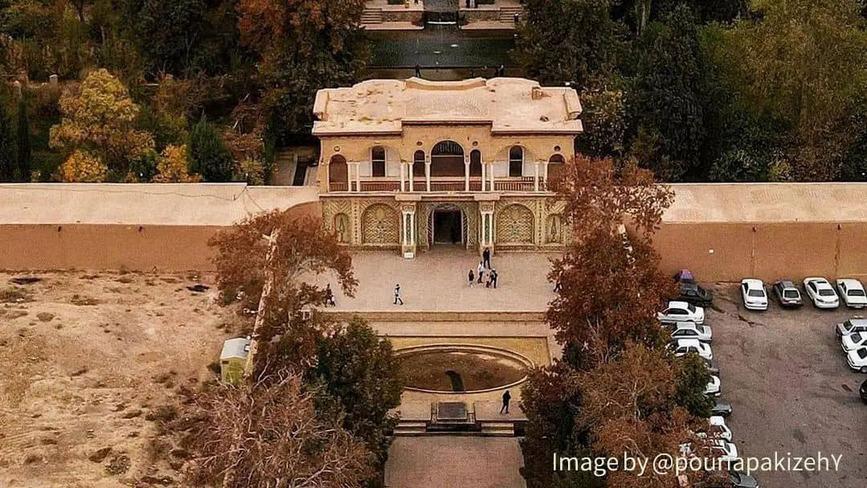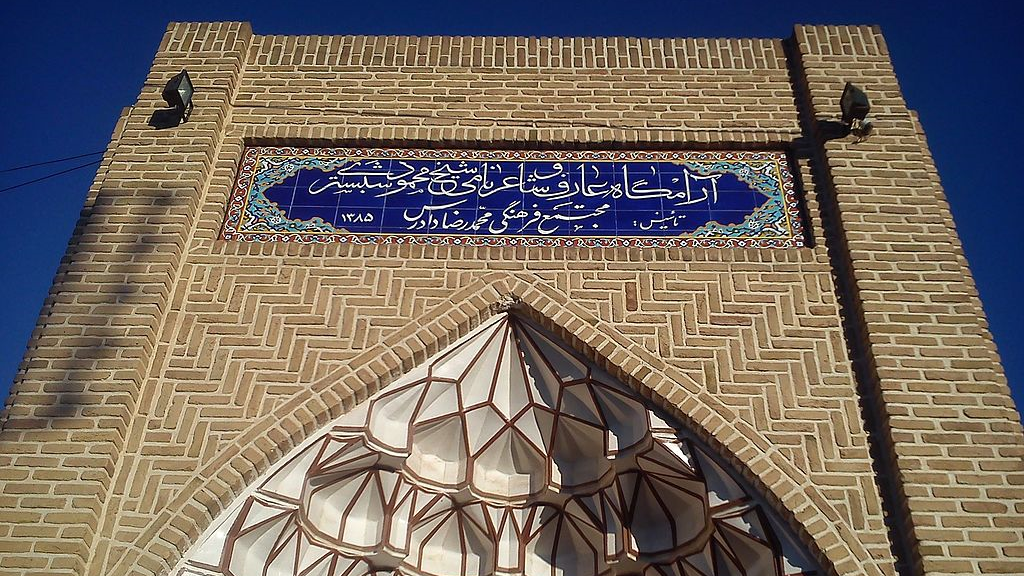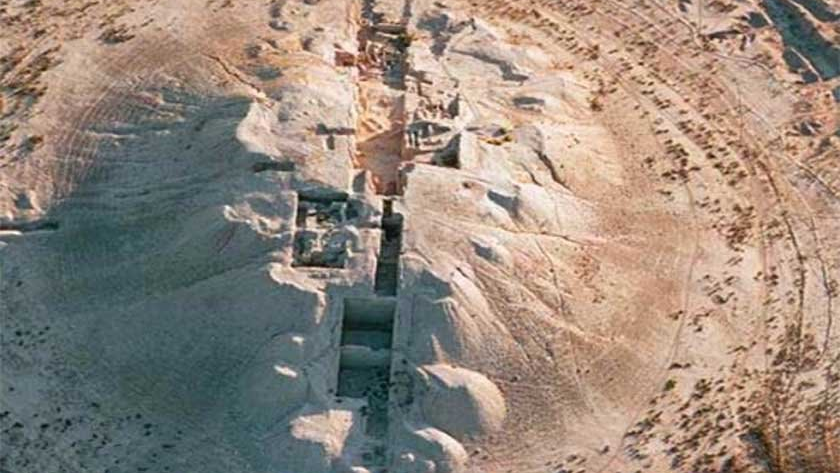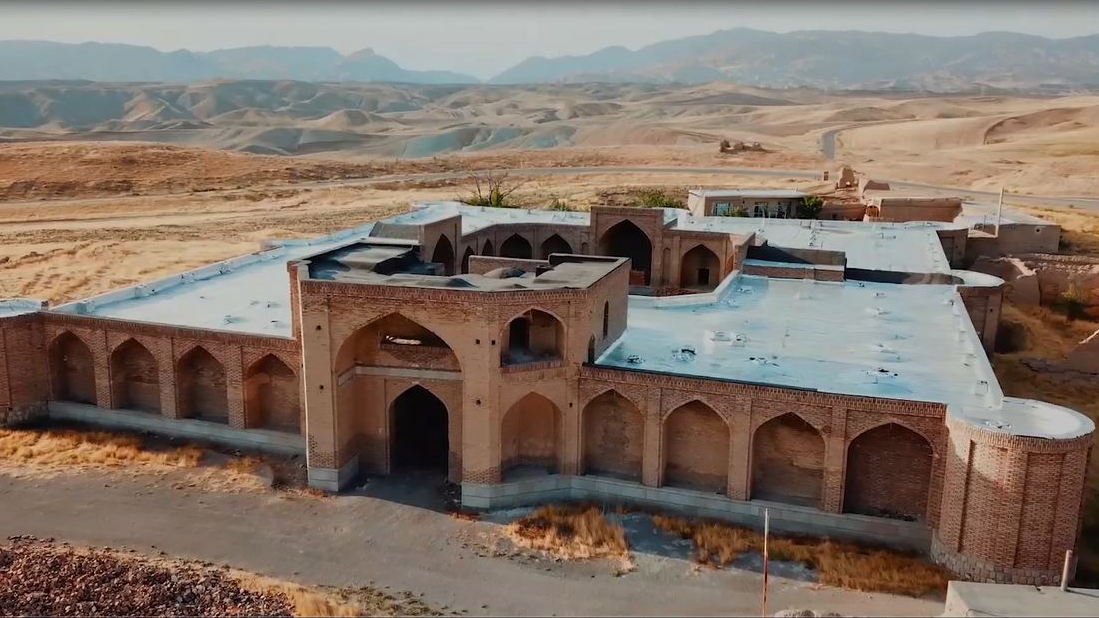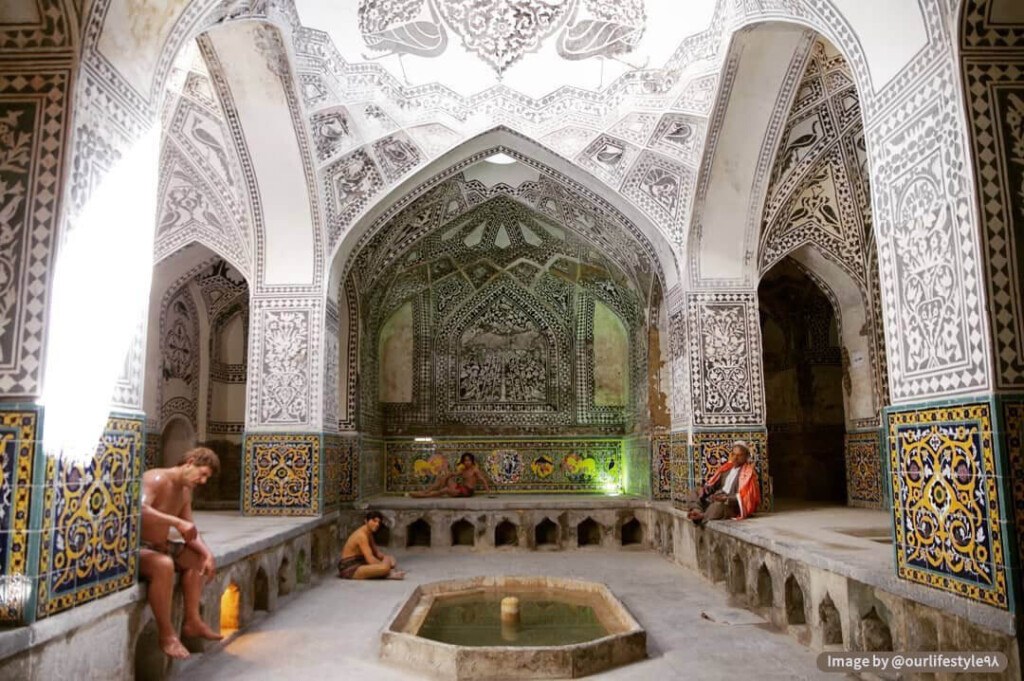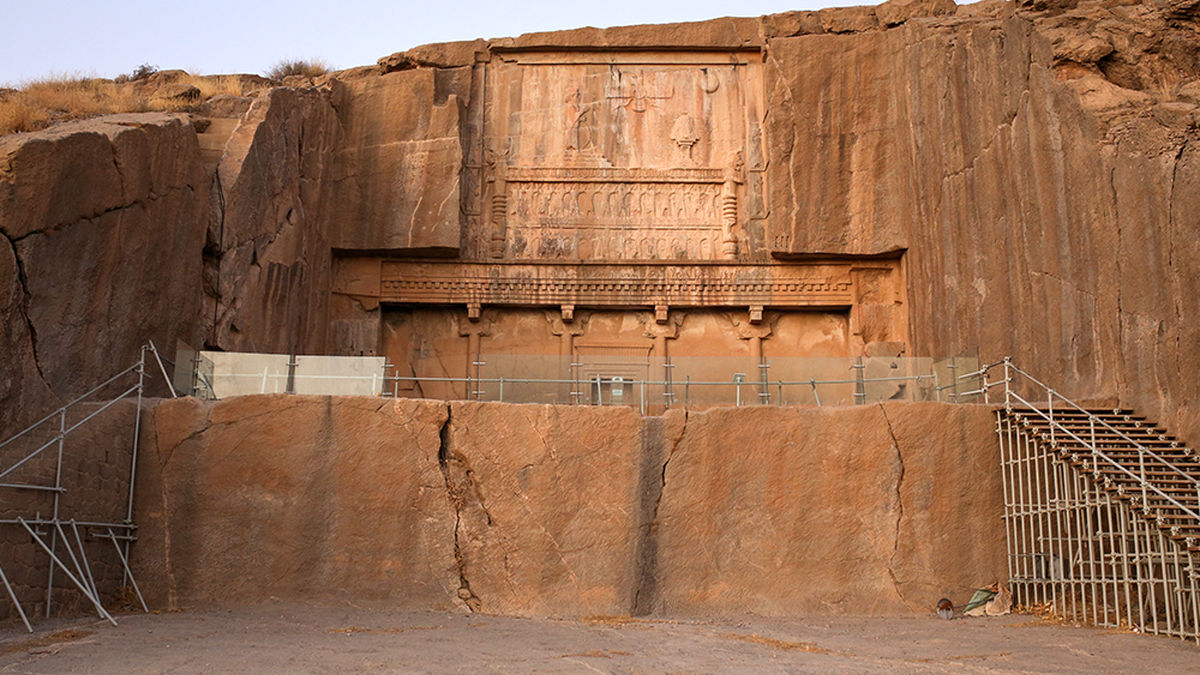
Hafesieh or Tomb of Hafez
Hafez and Hafezieh
Hafez was one of the greatest Persian-speaking poets of the 14th century CE. Born and raised in Shiraz, he also died in the same city. His tomb, known as Hafezieh, is a must-see site in Shiraz, attracting countless lovers of Persian language and culture every year.
Who Was Hafez?
Khwaja Shamsud-din Muhammad, known as Hafez Shirazi, lived during a turbulent period when the Mongols had invaded Iran and carried out brutal massacres. Remarkably, Shiraz was largely spared from their destruction. Despite this relative safety, life was difficult for those wishing to express their opinions openly. Hafez therefore turned to allegory and poetry to convey his views, composing some of the most beautiful poems in the Persian language.
He adopted the nickname “Hafez”, meaning one who has memorized the Qur’an, because he had fully memorized the Holy Qur’an and maintained a close connection with it.
Hafez was the son of a wealthy merchant. After his father’s death, however, his family fell into poverty, and he began working at a young age in a bakery, while simultaneously pursuing literature and Qur’anic studies, developing a unique poetic skill.
After his death, a man named Mohammad Gulandam was the first to compile Hafez’s poems into the book “Divan Hafez”. Hafez’s mastery of poetry earned him fame beyond Iran, reaching India, and even inspiring the German poet Goethe.
Hafez passed away in 1398 CE and was buried in a cemetery known as “Golghasht-e Mosalla”, a location mentioned in some of his poems.
The Architecture of Hafezieh
Approximately 65 years after Hafez’s death, a tomb was constructed for him, featuring a dome and a large pond supplied by water from the Roknabad River. This building was renovated twice in the 17th and 18th centuries, but the structure known today as Hafezieh was completed during the Zand era.
At the end of the 18th century, Karim Khan Zand built a mausoleum with eight columns and a copper roof over Hafez’s grave. A marble tombstone, measuring 270 cm long, 80 cm wide, and 40 cm high, marks his grave. The ceiling of the mausoleum is adorned with colorful and intricate decorations.
In 1935, the French designer Andre Godard was commissioned to redesign the garden surrounding the mausoleum. His plan included a 56-meter-long, 7-meter-wide porch supported by 20 stone pillars, each five meters high. The project took three years to complete and was finished in 1938 CE.
Today, Hafezieh consists of a beautiful garden, the historic mausoleum, and a wide, elegant porch. The Association of Hafez’s Fans also maintains an office nearby.
Heritage Status
Hafezieh was inscribed on Iran’s National Heritage List in 1975, preserving it as a site of immense cultural and historical significance.
| Name | Hafesieh or Tomb of Hafez |
| Country | Iran |
| State | Fars |
| City | Shiraz |
| Type | Historical |
| Registration | National |
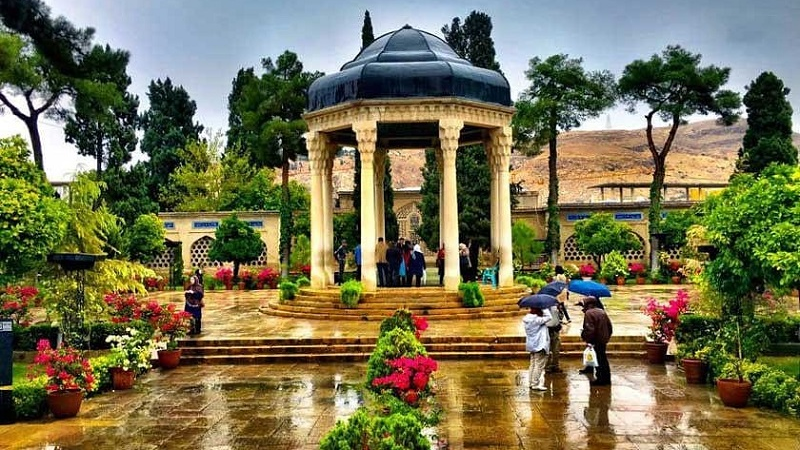
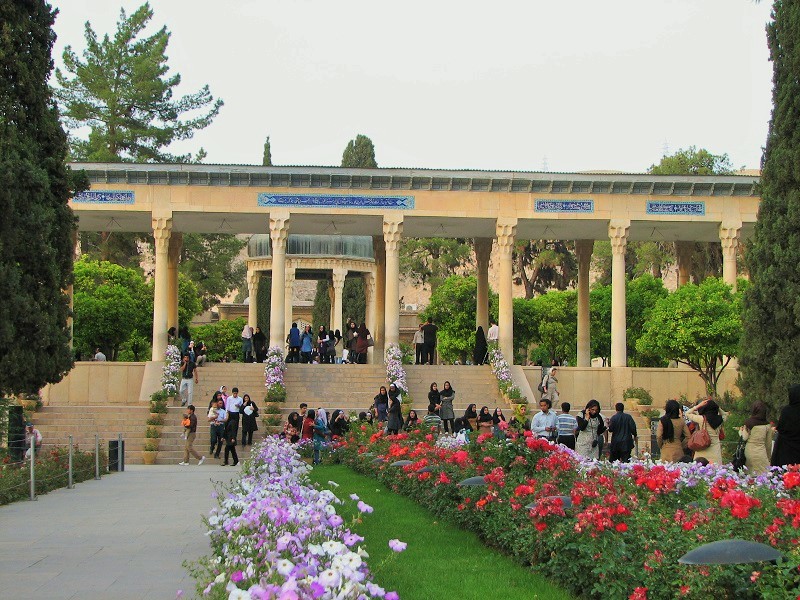
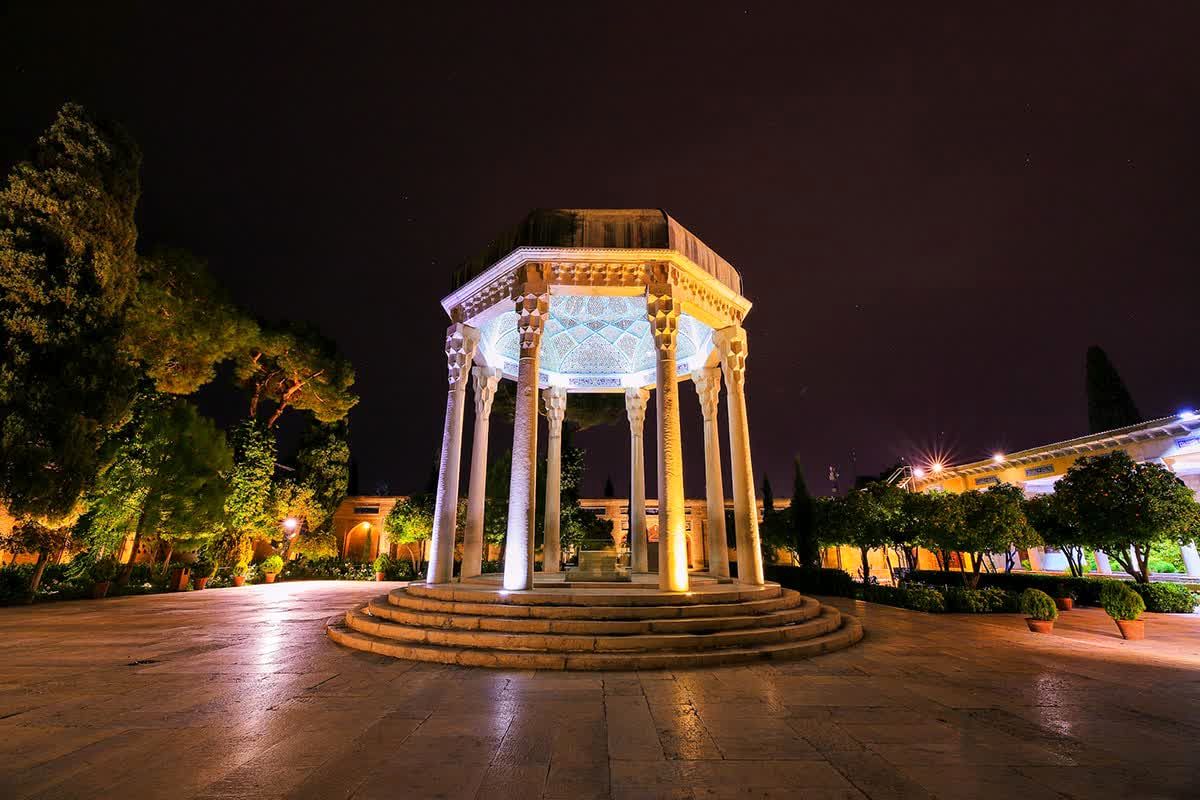
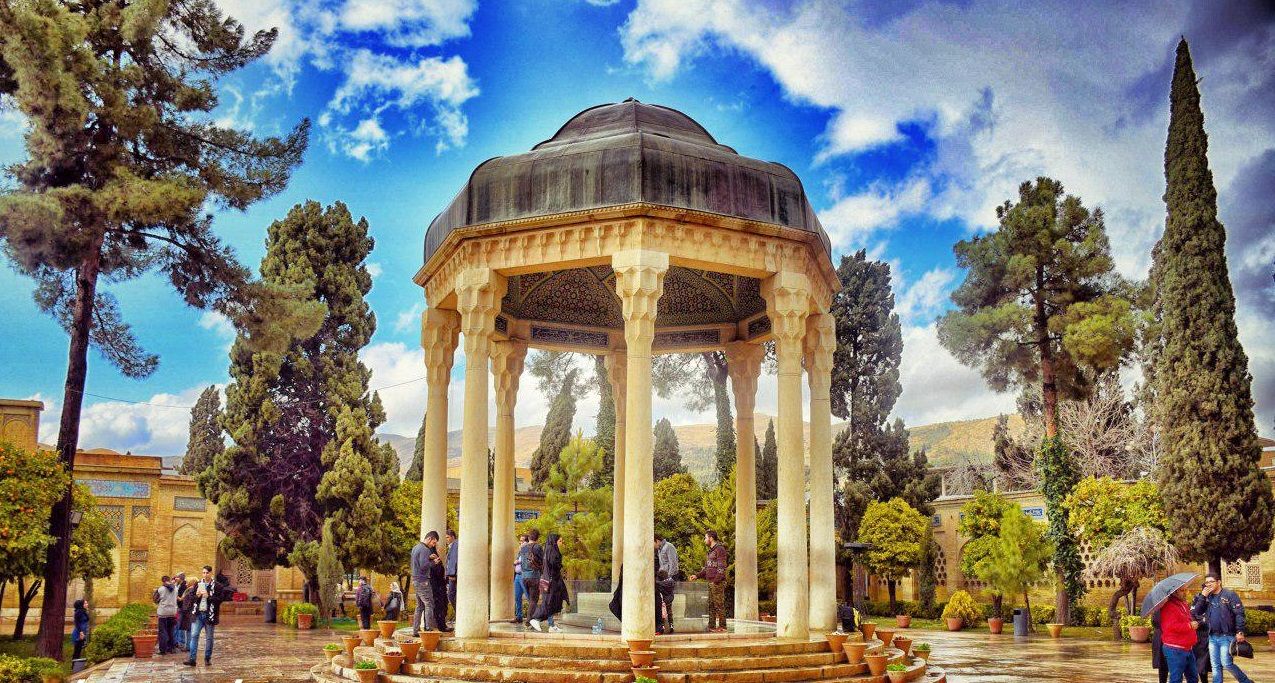
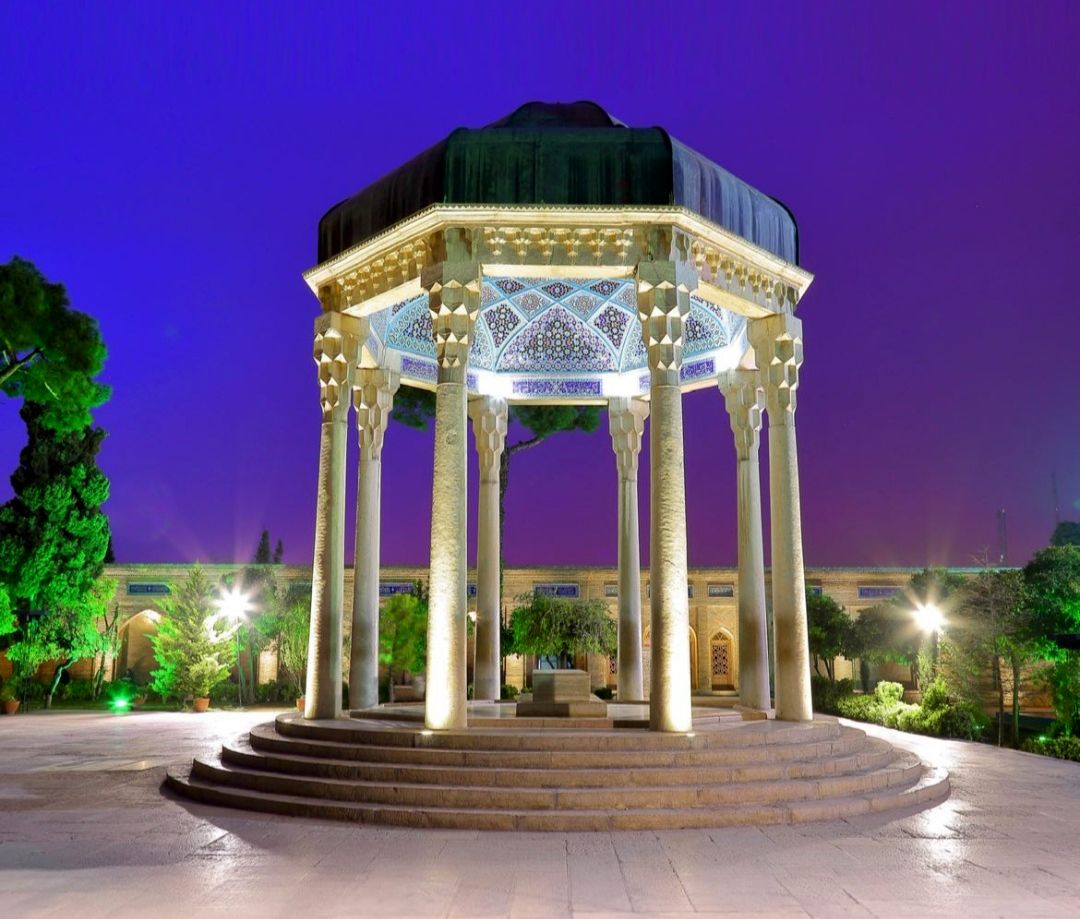
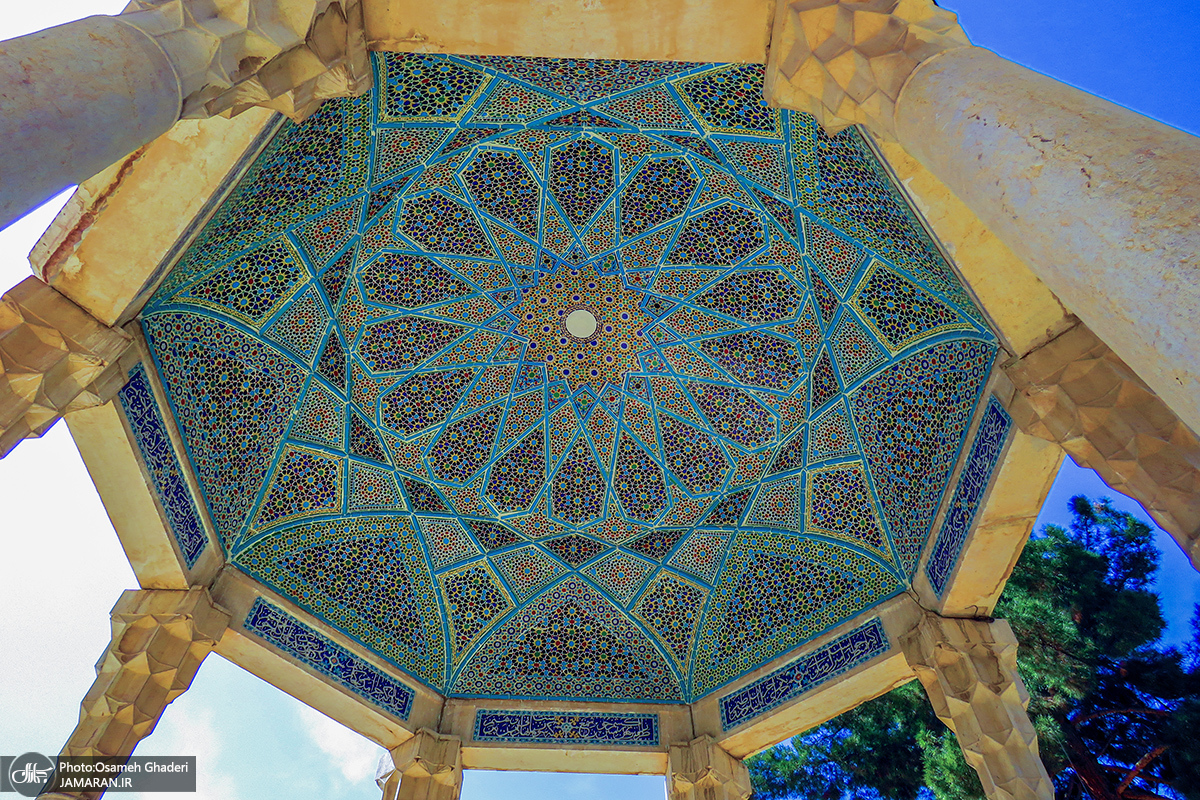






Choose blindless
Red blindless Green blindless Blue blindless Red hard to see Green hard to see Blue hard to see Monochrome Special MonochromeFont size change:
Change word spacing:
Change line height:
Change mouse type:
